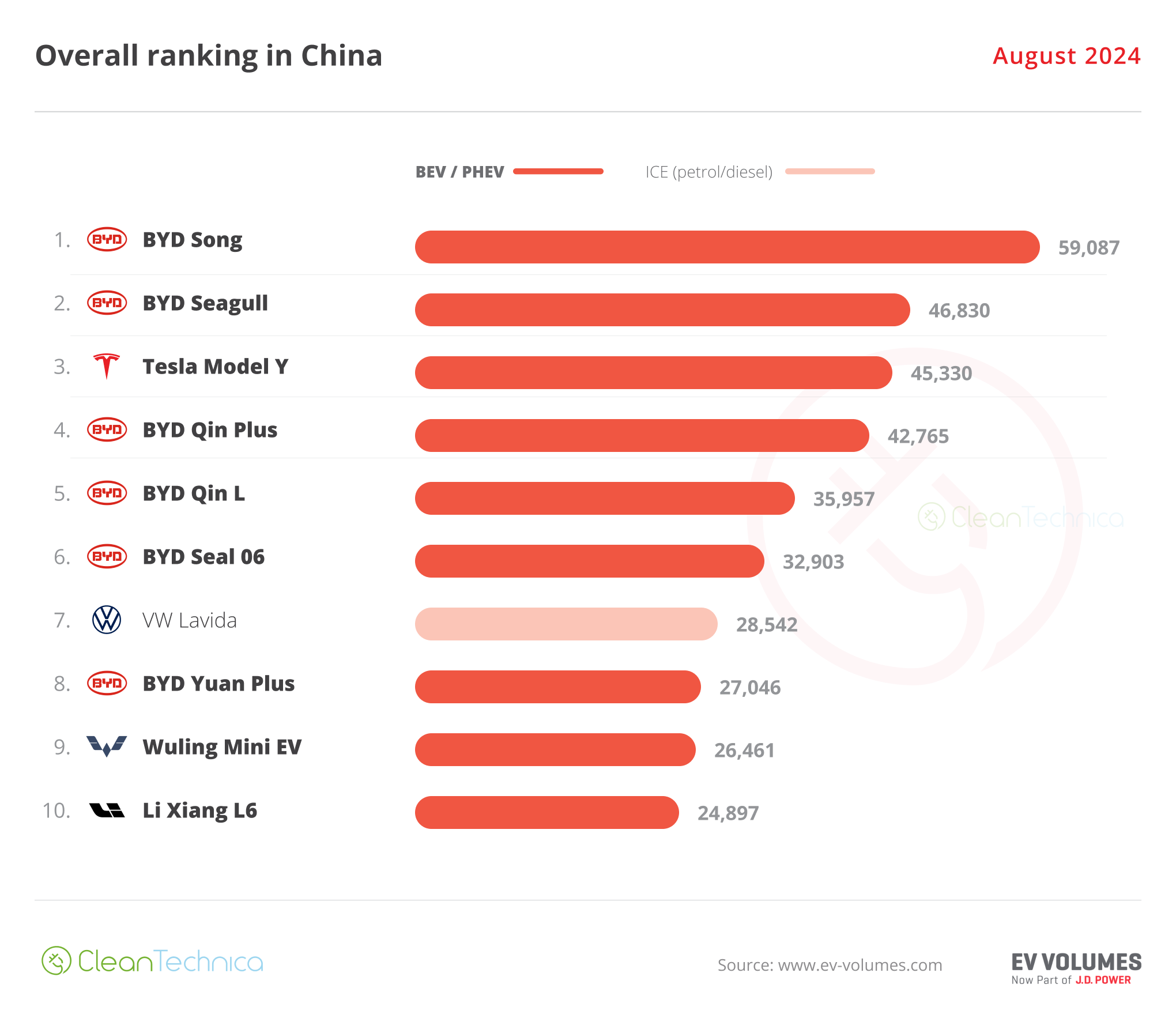Sign up for daily news updates from CleanTechnica on email. Or follow us on Google News!
In partnership with General Electric (GE), and funded by the U.S. Department of Energy’s (DOE) Wind Energy Technologies Office (WETO), researchers at Sandia National Laboratories (Sandia) and the National Renewable Energy Laboratory (NREL) successfully installed and deployed a device called a spinner lidar on the hub — the structure that connects blades to the main shaft — of a 2.8-megawatt GE wind turbine in Lubbock, Texas. The spinner lidar, which uses a rotating laser to provide highly accurate wind speed data, was deployed as part of the Rotor Aerodynamics, Aeroelastics, and Wake (RAAW) experiment funded by WETO.

Sandia has installed a spinner lidar on a GE wind turbine to measure turbulent structures in the wind approaching the turbine and to improve model predictions of unsteady aerodynamic loading on wind turbine blades. (Photo by Tommy Herges, Sandia)
“This project seeks to collect data to improve and validate existing and emerging wind turbine models,” said Chris Kelley, a principal investigator for the RAAW experiment at Sandia.
Improving models and validation techniques for the wind industry is one way researchers at DOE’s national laboratories are studying innovative ways to produce clean energy and help meet the United States’ goal of a 100% clean electricity sector by 2035 and net-zero emissions economy by 2050.
The spinner lidar measures both the wind speed and turbulence, winds that fatigue and degrade turbine blades, approaching the wind turbine. These measurements occur across the entire rotor swept area — the circle swept by the rotating blades — every 2 seconds. This provides more data than a meteorological tower, ultimately enhancing future wind energy models.

Miguel Hernandez prepares rigging within the GE turbine hub to install and pivot the spinner lidar. (Photo by Tommy Herges, Sandia)
By producing a comprehensive and unique dataset, this 3-year collaboration could improve the accuracy of both DOE’s ExaWind code suite and simulation tools at GE. Such improvements to design codes can lead to more robust and reliable wind turbine blade designs and reduce the levelized cost of wind energy.
“These measurements reveal how the wind differs across the footprint of the wind turbine rotor, which spans more than 400 feet,” said NREL researcher Paula Doubrawa. “If one of the blades happens to bend more than the other two, for example, we can look into wind interactions during that time to understand what happened. We can then put these detailed wind data into our computer simulations and verify that the simulated blade responds the same way as the real one. Attesting to the performance of our computer models is key to enabling efficient wind turbine design and operation.”
The researchers obtained the spinner lidar instrument from the Technical University of Denmark and designed and fabricated the custom mounting frame and accompanying hardware.
“The installation of the lidar required considerable planning, since the instrument was too large to install from inside the nacelle or hub,” Kelley said. “GE helped us develop a lidar mounting concept, and the Sandia team designed and fabricated a lidar mounting frame with a pivoting hinge. A large crane was part of the installation process and the pivot allowed for the lidar to be disconnected from the crane by personnel within the turbine hub.”
The experiment team collected an influx of data from the spinner lidar instrument, which started collecting data in April 2023 and will continue through November 2023. Data was collected from the lidar instrument for various turbine operational states and wind conditions so that simulation tools can be validated for all operating conditions.
Read more about the RAAW project and the WETO’s larger body of Atmosphere to Electrons work.
Wind Energy Technologies Office, Courtesy of Energy.gov.
Have a tip for CleanTechnica? Want to advertise? Want to suggest a guest for our CleanTech Talk podcast? Contact us here.
EV Obsession Daily!
I don’t like paywalls. You don’t like paywalls. Who likes paywalls? Here at CleanTechnica, we implemented a limited paywall for a while, but it always felt wrong — and it was always tough to decide what we should put behind there. In theory, your most exclusive and best content goes behind a paywall. But then fewer people read it!! So, we’ve decided to completely nix paywalls here at CleanTechnica. But…
Thank you!
Community Solar Benefits & Growth
CleanTechnica uses affiliate links. See our policy here.



